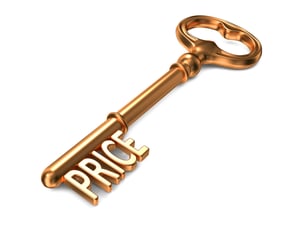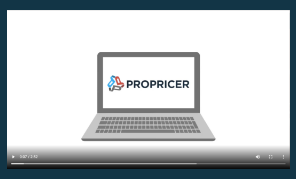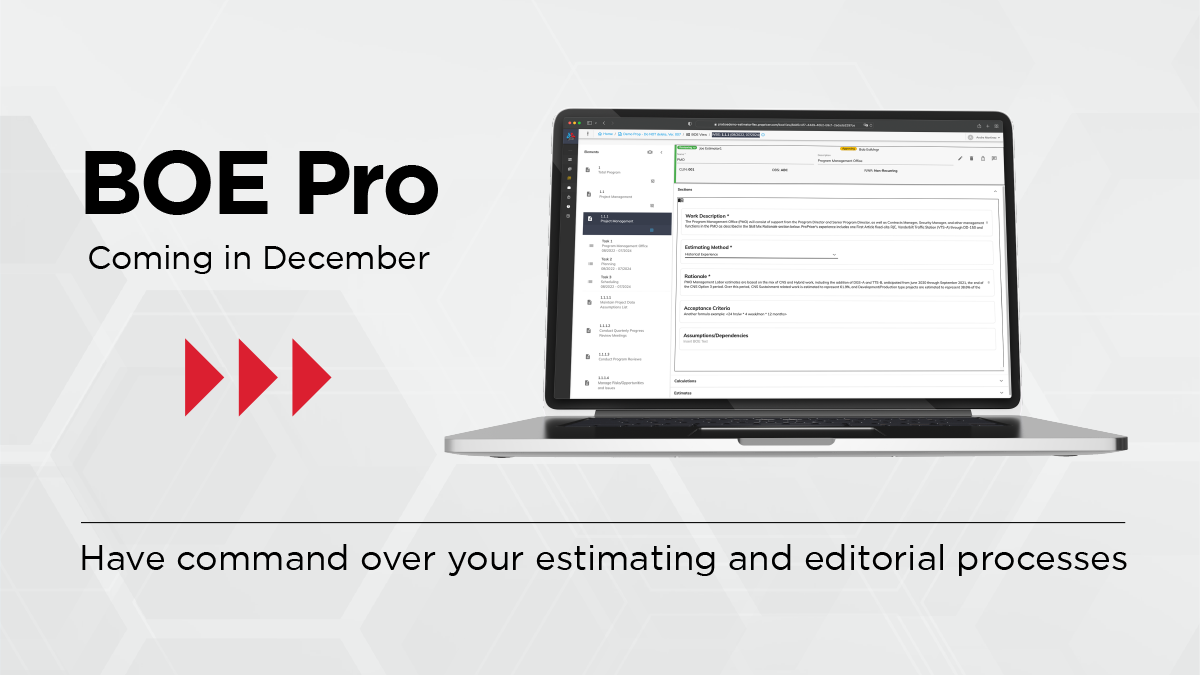 Determining a fair and reasonable price is the government’s overall pricing objective. Throughout the FAR, guidelines are available to help contracting officers when awarding contracts. Learning how to support this determination not only allows the award to proceed efficiently, but also with economical assurance.
Determining a fair and reasonable price is the government’s overall pricing objective. Throughout the FAR, guidelines are available to help contracting officers when awarding contracts. Learning how to support this determination not only allows the award to proceed efficiently, but also with economical assurance.
Let’s discuss the highlights and guidelines that ensure a successful contract review.
How can ‘Price Reasonableness’ be determined?
The following are the main determining principles:
- Adequate Price Competition
- Price Analysis
- Cost Analysis
- Market Research/Historical Market Pricing
- Cost Realism Analysis
Price Analysis or Cost Analysis
FAR Part 15 identifies two methods for evaluating price: cost analysis and price analysis. Both can help develop a negotiation position that gives each party an opportunity to reach agreement on a fair and reasonable price.
There are several techniques for analyzing price. Three of the more preferred are:
- Independent Government Cost Estimates (IGCE)
- Proposed Price (comparison to other bids)
- Previous Proposed Prices (historical prices paid by the government or other organizations)
Cost analysis is encouraged when certified cost or pricing data are required. It’s also good for evaluating price reasonableness in proposals when other information, besides certified cost or pricing data, must be submitted. The cost analysis determination is still a subjective judgement call, however. To figure out if the cost elements and fee are fair and reasonable, there are three questions to ask:
- Are the numbers realistic?
- Do they reflect a clear understanding of the Statement of Work (SOW)?
- Does the solution match the Technical Volume?
Market Research Can Be the Key to Success
Market research can provide the basis for reasonable prices. But just because some contractors have been awarded contracts at certain price points, that doesn’t mean the proposed prices aren’t negotiable. Most commercial prices and terms are up for negotiation, so there’s no need to feel like you’re stuck at the same price point as other contracts. Do research for your market, region, and on other factors like inflation rates to find the right price for acquiring desired goods or services.
Cost Realism: When the Numbers are Too Good to Be True
Cost realism analyses can be applied to proposals for cost-reimbursement or competitive fixed-price contracts to determine the probable cost of performance. In these circumstances, analysis is needed to see if the offered price is too low and could risk the successful performance of the tasks described in the statement of work.
Comparable to cost analysis, cost realism evaluations need to answer these questions:
- Are the specific cost elements realistic for the work that is to be performed?
- Do the elements reflect a clear understanding of the requirements?
- Is the data consistent with the technical proposal’s methods of performance and materials?
Additionally, the probable cost is used for the best value determination. Once that is determined, adjust each offeror’s proposed cost and fee to realistic levels and compare.
Notes to Remember
- Cost/Price Reasonableness is an acquisition goal which is very subjective. Different contracting officers might make different decisions about price reasonableness.
- Cost/Price is just one part of the picture. There are hundreds of variables, such as Company Attributes, Technology, Economy, Politics, Natural Disasters, Schedule, and Legality, that do or should influence the determination of price reasonableness.
- There are non-price factors that can impact price; market conditions, compliant accounting and estimating systems, terms, and conditions are a few examples.
ProPricer Can Help
Federal government acquisition teams count on the unparalleled flexibility of ProPricer Government Edition (GE) for efficient, accurate cost and price analysis.
ProPricer's default proposal view, ‘Data View’, provides a top-level perspective so you can analyze pricing at the highest level, or drill-down on any cost element to see the rationale behind each estimate by simply checking boxes.
Need to pull up previous proposed prices? With a centralized database that stores all your proposal data, ProPricer gives you the ability to easily reuse or review cost data and qualitative information.
Compare other bids in seconds with our ‘Comparison Project Report’ or run our ‘Audit Report’ to view missing or overridden data that may have led to inaccurate pricing results.
These are just a few examples of how ProPricer can help your program office. To learn more or see it live, request a demo today.






